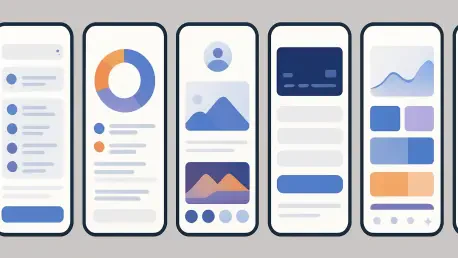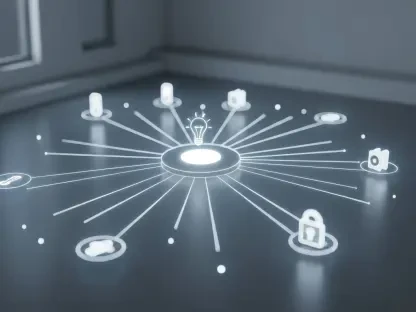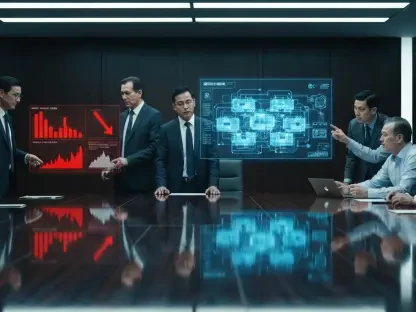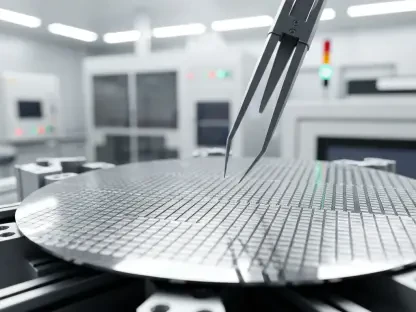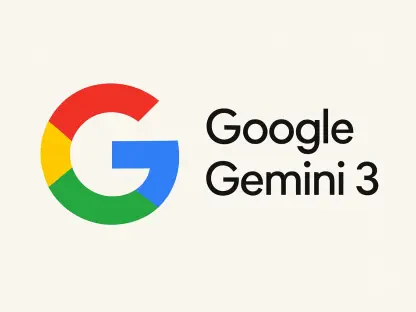Consider the moment when smartphones became more than just gadgets—they became extensions of ourselves. The shift in user interface (UI) design has been pivotal in this transformation, turning intricate technology into something not just functional but inherently intuitive. As users engage with devices daily, UI design has played a crucial role in ensuring that technology is accessible and user-friendly, continually evolving to enhance the interaction between users and their devices.
An Era of User-Centric Design
In the tech landscape, UI design has emerged as a crucial element in user experience and engagement, with designers aiming to bridge the gap between complex technology and end-user interface. This evolution represents a broader trend of adapting to user expectations, where the interface is not merely a display but an experience in itself. The journey of UI design captures how the fusion of aesthetics and usability can transform mundane interactions into something seamless and engaging. Throughout this process, significant changes have occurred in UI design, from the evolution of icons like Samsung’s battery icon in One UI 7 to the introduction of innovative design philosophies like Apple’s Liquid Glass UI.
The Current Landscape of User Interface Design
Emerging Trends and Data Insights
Recent data reveals a clear shift toward minimalistic, flexible, and user-friendly interfaces. As highlighted by the redesign of Samsung’s battery icon in One UI 7, the trend is moving away from traditional iconography to more abstract and modern visuals. Reports showcase that 70% of users prefer intuitive and engaging designs, suggesting that aesthetic appeal now goes hand-in-hand with functionality. This evolving preference underscores the need for designs that capture users’ attention while maintaining ease of use.
Real-World Applications and Innovations
The adoption of avant-garde UI designs by leading companies emphasizes the importance of both innovation and usability. Samsung’s departure from the traditional battery icon epitomizes this push for modernity and abstraction. Meanwhile, Apple’s Liquid Glass UI signifies a return to more realistic and relatable designs. This approach ensures that while interfaces are sleek and modern, they still resonate with the user’s understanding. These approaches not only enhance user engagement but also redefine the functionality of interfaces, setting new standards in the tech industry.
Expert Insights and Industry Perspectives
Designers and tech leaders provide nuanced insights into the delicate balancing act between aesthetics and functionality in UI design. Many professionals argue that while fresh, innovative designs like those in One UI 7 invite creativity and forward-thinking, they must remain grounded in usability and intuitiveness. Experts emphasize the importance of universal design principles that prioritize users’ needs and experiences, ensuring that advancements do not hinder accessibility. This discourse highlights the need for UI designs to be both an artistic presentation and a practical tool.
Future Directions and Potential Implications
Advancements in technology hint at a future where UI design continues to shape user interactions. As new interfaces become more intuitive and engaging, they promise enhanced user satisfaction and seamless experiences. However, challenges such as ensuring accessibility remain significant. The ability to cater to diverse user groups must be prioritized to avoid alienating any segment. The potential for UI design to revolutionize industries—from telecommunications to healthcare—demonstrates its far-reaching implications, encouraging innovation while maintaining simplicity.
Conclusion
The evolution of UI design has seen transformative changes, and its future rests on a knife’s edge between art and functionality. Samsung’s One UI 7 taught a lesson in the importance of preserving familiar elements within bold designs, while Apple’s Liquid Glass UI exemplified thoughtful innovation. Future trends should focus on marrying aesthetic appeal with practical usability to craft interfaces that are beautiful yet efficient. The challenge lies in ensuring that while designs captivate, they also resonate with user needs, fundamentally shaping how technology and those who wield it interact.
